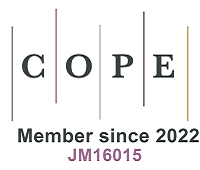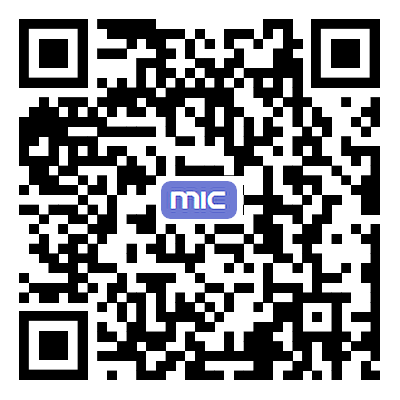Microstructure–engineered electrocaloric P(VDF–TrFE–CFE) terpolymer–based nanocomposites with enhanced interfacial coupling for rapid thermal switching
Abstract
Electrocaloric (EC) cooling represents a promising solid–state approach for next–generation thermal management. However, achieving substantial temperature modulation remains a challenge due to intrinsic material limitations and inefficient energy conversion. Herein, we focus on microstructure regulation for enhancing thermal conductivity and EC performance. A hydroxyl–functionalized Ba0.63Sr0.37Zr0.01(Ti0.999Mn0.001)0.99O3 (BSZMT–OH) and h–BNNS–OH composite was designed, with enhanced interfacial hydrogen bonding to optimize electric field response in a P(VDF–TrFE–CFE) matrix. Finite element analysis (FEA) and piezo response force microscopy (PFM) reveal strengthened interfacial coupling, which facilitates rapid domain switching kinetics by amplifying tetragonal P4mm phase responses. These enhancements yield a peak electrocaloric temperature change (ΔT) of 1.59 K under a low electric field of 40 MV/m in the optimized 6% BSZMT–OH@4 h–BNNS–OH (6@4BNNS) composite. Integrated into double–layer four–section electrocaloric cooling (DL 4 EC) device, it cools from 70 °C to 23 °C in 23 s, outperforming water cooling. Our findings offer insights into EC mechanisms and present a high–performance thermal management strategy.
Keywords
Electrocaloric cooling, microstructure regulation, interfacial hydrogen bonding, low–electric–field, thermal management













